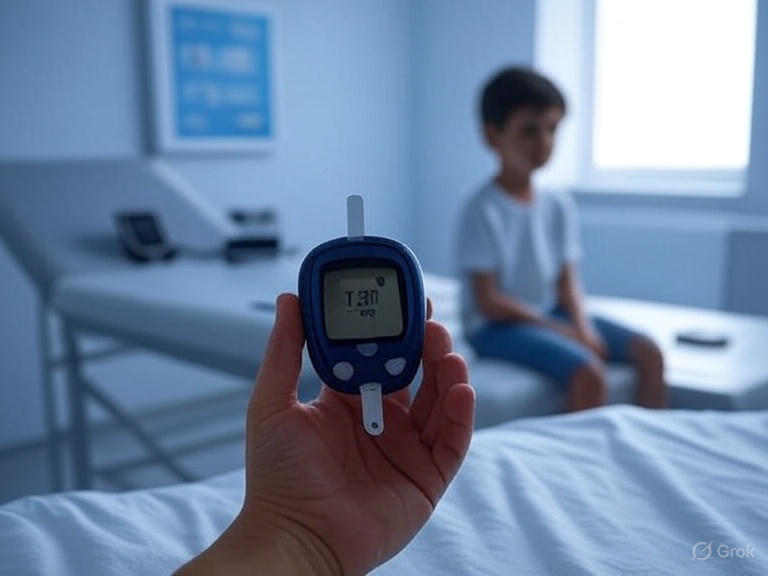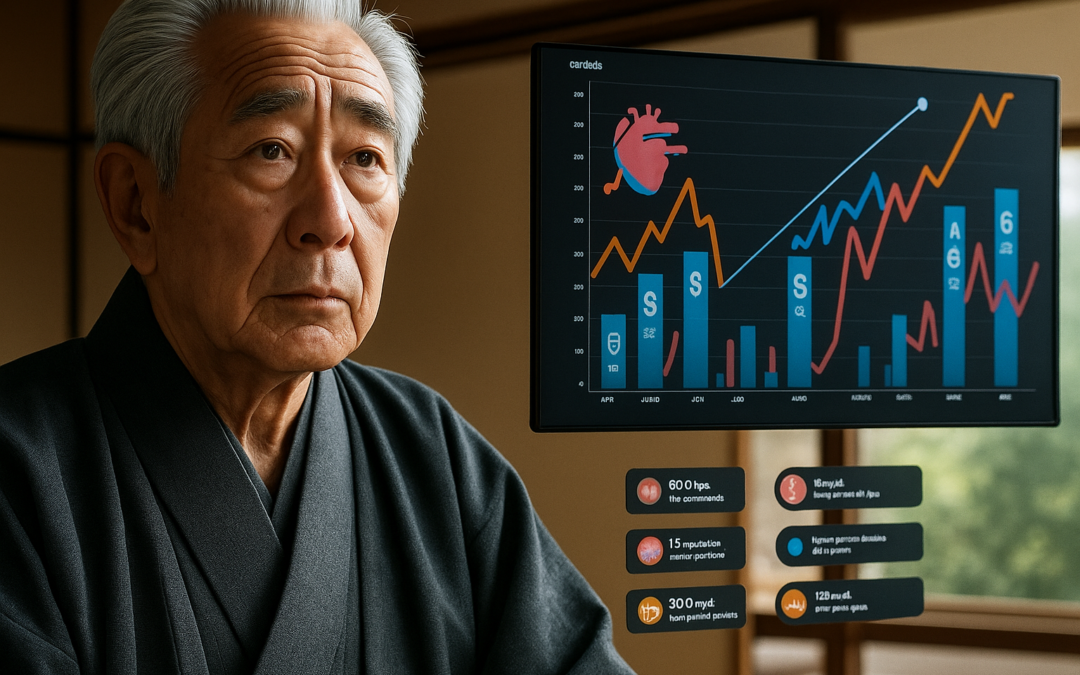
Treatment options for children and adolescents with type 2 diabetes mellitus (T2DM) are limited. Canagliflozin, a sodium–glucose cotransporter-2 inhibitor, is approved for T2DM in adults but requires evaluation in younger populations. The objective was to evaluate the efficacy and safety of canagliflozin in children and adolescents with T2DM.

Metformin, a cornerstone therapy for type 2 diabetes mellitus, is highly effective but poses a risk of metformin-associated lactic acidosis (MALA), a rare yet potentially fatal complication, particularly in patients with impaired renal function. This case report details an 88-year-old female with type 2 diabetes and chronic kidney disease (CKD) stage III who presented with severe lactic acidosis and encephalopathy amid acute kidney injury and a recent infection.

Heart failure (HF) poses a significant global health burden, particularly among aging populations. Sodium-glucose cotransporter-2 (SGLT2) inhibitors have emerged as a cornerstone therapy, reducing HF hospitalizations and mortality. However, their adverse drug events (ADEs), such as dehydration, urinary tract infections (UTIs), and renal impairment, necessitate comprehensive evaluation to optimize their use in clinical practice, especially in Japan where prescription trends are evolving.

Mounjaro (tirzepatide), a GIP/GLP-1 dual receptor agonist, was evaluated for cardiovascular outcomes in patients with type 2 diabetes and established atherosclerotic cardiovascular disease in the SURPASS-CVOT trial (NCT04554433), the first head-to-head comparison of two incretin therapies. This phase 3, randomized, double-blind trial compared Mounjaro to Trulicity (dulaglutide), a GLP-1 receptor agonist with proven cardiovascular benefits in the REWIND study.

Sodium-glucose cotransporter-2 (SGLT2) inhibitors, such as dapagliflozin, have been studied in acute non-cardiovascular illnesses, but detailed data on their efficacy and safety in patients with and without type 2 diabetes (T2D) from double-blind randomized trials are limited. This secondary analysis of the Dapagliflozin in Respiratory Failure in Patients with COVID-19 (DARE-19) trial assessed the safety and efficacy of dapagliflozin in hospitalized COVID-19 patients with cardiometabolic risk factors, stratified by T2D status.

A new consensus statement from the American Diabetes Association (ADA), published in Diabetes Care (July 2025), outlines a clear and practical strategy for identifying and risk-stratifying patients with metabolic dysfunction–associated liver disease (MASLD). MASLD is becoming a leading cause of cirrhosis and liver failure, yet it remains underdiagnosed due to the complexity of available diagnostic tools. The ADA emphasizes the Fibrosis-4 (FIB-4) index as the best initial test for evaluating liver fibrosis in patients with prediabetes or type 2 diabetes, especially those with obesity.







